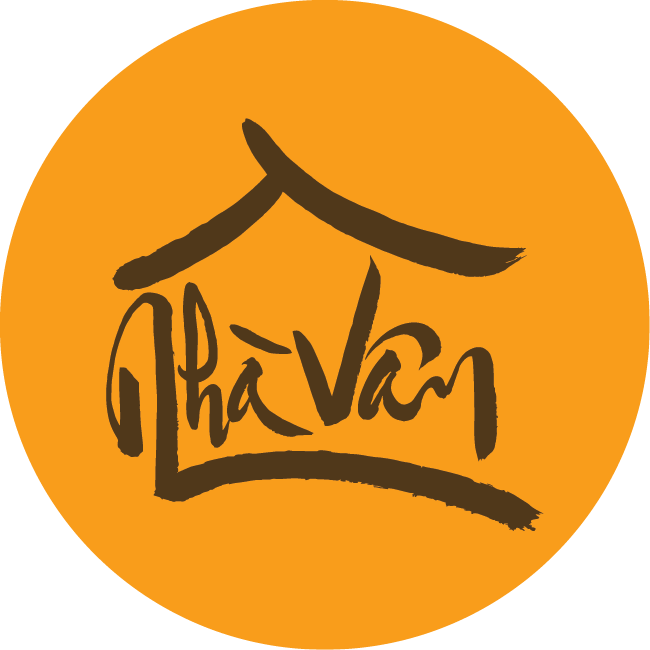Vietnamese tea culture
5 Key Elements in the Traditional Vietnamese Tea Ceremony
Tea, a familiar beverage in Vietnam, has seeped into every aspect of life, becoming an integral part of the nation’s cultural identity. From family gatherings and friendly get-togethers to traditional ceremonies, tea always holds a prominent place as a distinctive cultural trait. The flavor of Vietnamese tea is as unique as the Vietnamese people themselves: simple yet refined. The art of tea appreciation, too, carries a strong imprint of traditional culture.
The Vietnamese forefathers used to say “Nhất thủy – Nhị trà – Tam pha – Tứ ấm – Ngũ quần anh” (literally, “First Water – Second Tea – Third Brewing – Fourth Teapot – Fifth Group of Friends”), highlighting the five essential elements in the tea appreciation ritual. Each step, each element reflects the refinement and soul of the tea maker.
Nhất Thủy – Water is the Root
The water used to brew tea plays a crucial role in determining the tea’s flavor. Good water is clear, cool, and free of any strange odor. The Vietnamese elders often used well water, spring water, or rainwater, carefully boiled to remove impurities. Boiling water is divided into three levels: simmering, boiling vigorously, and boiling thoroughly. Each type of tea is suited to a different level of boiling, resulting in the most complete and delicious tea flavor.
Nhị Trà – Selecting Exquisite Tea
The refinement of Vietnamese tea culture is further reflected in the selection of tea. The Vietnamese elders often used traditional tea varieties like Shan Tuyết tea (Snowshan Tea), Oolong tea, green tea, and young tea buds. The choice of tea depends on the purpose, preference, and season. Each type of tea carries a unique flavor, color, and benefit.
Tam Pha – The Art of Brewing
Brewing tea is a crucial step in creating a perfect cup. The Vietnamese elders usually used clay teapots, white porcelain cups, and other simple utensils. The brewing process is meticulous, from rinsing the teapot and the tea leaves to pouring boiling water into the teapot and steeping the tea. The steeping time also varies depending on the type of tea, to preserve the aroma and essence of the tea.
Tứ Ấm – The Spirit of the Teapot
The teapot is an indispensable part of the tea appreciation ritual. The elders often used small, heat-retaining clay teapots. The teapot is considered a cultural artifact, reflecting the refinement, elegance, and inner self of the tea drinker.
Ngũ Quần Anh – The Art of Tea Appreciation
Appreciating tea is not merely drinking; it’s an art form, a way to express refinement, elegance, and sensitivity in the soul. “Ngũ quần anh” (Five Friends) are not just friends sharing tea but also confidants, understanding each other, sharing stories, thoughts, and emotions.
Vân House – Experience the Essence of Modern Vietnamese Tea
On a journey to preserve and enhance the value of Vietnamese tea, Vân House offers tea lovers new and refined experiences. Vân House uses Snowshan ancient tea harvested from the high mountains of Hà Giang, combined with unique brewing methods, to provide complete experiences with Snowshan ancient tea from Hà Giang.
Vân House not only offers the exquisite flavors of Snowshan tea but also enhances each cup with teapots and cups from Gia Thuy pottery village in Hoa Lu Ancient Capital, Ninh Binh, adding to its refinement and elegance. The tea flavors are further elevated by the combination of traditional treats like Doai region candy, offering you a complete sensory tea experience.
Each cup of tea at Vân House evokes memories of the pristine beauty of the Tây Côn Lĩnh mountains in Hà Giang, embodying the cultural beauty and soul of Vietnam. With its clean, natural ingredients and advanced brewing techniques, Snowshan ancient tea from Vân House offers a delicate, pure, and incredibly healthy flavor.
To fully enjoy the essence of Vietnamese tea in all its sensory aspects, visit Vân House at 9 Mong Phu Street, Duong Lam, Son Tay.




